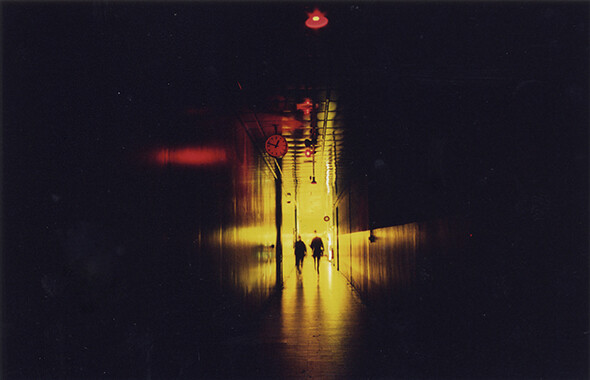July 1–September 25, 2016
KMAC Museum
715 W. Main St.
Louisville, KY 40202
kmacmuseum.org
Facebook / Twitter / Instagram
Emma Amos, David Adamo, Lisa Alvarado, Cory Arcangel, Radcliffe Bailey, Sarah Briland, Susan Collis, Tacita Dean, Ben Durham, Adrian Esparza, Mike Goodlett, Jessica Jackson Hutchins, Toyin Ojih Odutola
KMAC Museum is pleased to present Material Issue for its inaugural exhibition after a ten-month renovation of galleries and education spaces, designed by Christoff : Finio architects. “The design of the museum matches our ambitions as a contemporary art space exploring artistic practice” said Executive Director and Chief Curator Aldy Milliken. The exhibition is curated by KMAC Associate Curator Joey Yates, and Aldy Milliken.
The ideas and issues that are expressed in Material Issue are nurtured through a diversity of material explorations related to pen and ink drawing, ceramics, woodworking, painting, textiles, film, video, and found objects. Demonstrating the ways that artists think through material, the exhibition provides insight into how certain creative endeavors push traditional process beyond limits of conventional practice and allow materials to inform and resonate personal, historical, social, and political issues.
The exhibit will explore the materiality of traditional materials, but film, video and performance are crucial to an expansive narrative that gives greater agency to our material surroundings and connects to artists like Tacita Dean and Cory Arcangel who use film and digital code, respectively, as materials to be reformed and reworked to address issues at the intersections of culture, technology and obsolescence.
Radcliffe Bailey is a mixed media artist who employs found artifacts and culturally significant material to introduce narratives around the issues of memory, family, place and the racial histories of the Americas.
David Adamo engages in reductive and aggressive tactics with wood to address issues at the junction of fragility and masculinity. Jessica Jackson Hutchins contends with clay’s status as both utilitarian and domestic.
Susan Collis examines and reworks the conventional economic, decorative and stately associations with materials like gold, opals, diamonds and pearls in order to shift perceptions of art and value.
Toyin Ojih Odutola intentionally disrupts our perceptions of identity with a distinctive approach to mark-making using ink, chalk, and marker.
Mike Goodlett uses thread, paper, plaster, ballpoint pen, and spandex to create sensual biomorphic forms that serve as cartography for the body, mapping and charting how line, texture and shape can communicate our deepest corporeal desires.
Through hybridized forms and objects Sarah Briland tackles a particular set of ecological concerns that confront the problematic relationships between the artificial and organic domains of our 21st century world.
Lisa Alvarado and Adrian Esparza alter traditional textile patterns to express issues related to transformation and change, turning common objects into works of art that reveal a complicated and dynamic representation of contemporary cultural heritage.
Emma Amos is widely known for her figurative woven collages, which employ her use of color as both a material for communicating beauty and radiance and as a tool for the politicization of color as it relates to identity.
Ben Durham, recognized for his unique approach to portraiture, presents a new series of works that combine chain link fencing with handmade paper. The impressions created from this ubiquitous material function as a new form of portraiture conceptualizing the areas within industrially demarcated space.
The exhibition, supported by the Andy Warhol Foundation for the Visual Arts, will present contemporary artists who counter Michael Fried’s assertion, from his 1967 essay Art and Objecthood, that, “Like the shape of the object, the materials do not represent, signify, or allude to anything: they are what they are and nothing more.” Material Issue demonstrates that materials are indeed relevant to content and meaning of an artwork and that regardless of position or process an artist, in the words of Robert Rauschenberg, will “begin with the possibilities of the material.”
About KMAC Museum
The museum connects people to art and creative practice. Free admission through June 2017 thanks to Delta Dental of Kentucky. KMAC is supported by Brown-Forman and Fund for the Arts.
